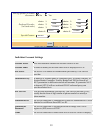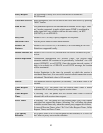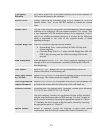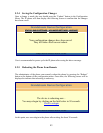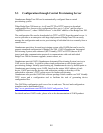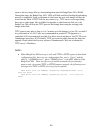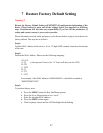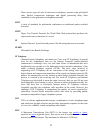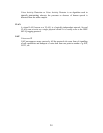
49
European digital mobile telephony. DECT covers wireless PBXs, telepoint,
residential cordless telephones, wireless access to the public switched telephone
network, Closed User Groups (CUGs), Local Area Networks, and wireless local
loop. The DECT Common Interface radio standard is a multicarrier time division
multiple access, time division duplex (MC-TDMA-TDD) radio transmission
technique using ten radio frequency channels from 1880 to 1930 MHz, each
divided into 24 time slots of 10ms, and twelve full-duplex accesses per carrier, for
a total of 120 possible combinations. A DECT base station (an RFP, Radio Fixed
Part) can transmit all 12 possible accesses (time slots) simultaneously by using
different frequencies or using only one frequency. All signaling information is
transmitted from the RFP within a multiframe (16 frames). Voice signals are
digitally encoded into a 32 kbit/s signal using Adaptive Differential Pulse Code
Modulation.
DNS
Short for Domain Name System (or Service or Server), an Internet service that
translates domain names into IP addresses
DID
Direct Inward Dialing
Direct Inward Dialing. The ability for an outside caller to dial to a PBX extension
without going through an attendant or auto-attendant.
DSP
Digital Signal Processing. Using computers to process signals such as sound,
video, and other analog signals which have been converted to digital form.
Digital Signal Processor. A specialized CPU used for digital signal processing.
Grandstream products all have DSP chips built inside.
DTMF
Dual Tone Multi Frequency
The standard tone-pairs used on telephone terminals for dialing using in-band
signaling. The standards define 16 tone-pairs (0-9, #, * and A-F) although most
terminals support only 12 of them (0-9, * and #).
FQDN
Fully Qualified Domain Name



